The Pacific Northwest in July is a real gem: lush trees, plants, and fields; flowers burgeoning with color; juicy, sweet berries ripening; and a gentle breeze in the evening to cool off the warmth of the day. At long last summer has arrived, and with it our focus in the garden shifts from spring planting to mid-season growing and maintaining. Here are a few things to keep on your gardening list as you enjoy the summer weather this month.
First, as much as we love this time of year for its abundant flowers and lush plant growth, so do the bugs, and after the work you’ve put into babying your plants through the less-than-ideal May and June weather we had this year, the last thing you want to do is prematurely lose your hanging baskets or garden plants to aphids or other pests.
To treat containers and hanging baskets for insect issues—either with aphids already present or as a preventative—I recommend picking up a pack of BioAdvanced insect control spikes at the nursery, which work systemically through the roots to kill aphids and other insects.
Although aphids have been prolific already this summer, one garden pest that should start to show up soon is the pesky budworm caterpillar. Much like Eric Carle’s “The Very Hungry Caterpillar,” budworms have a voracious appetite and show a particular fondness for petunias, geraniums, and calibrachoa, three staples in containers and hanging baskets.
If you see any nibbled flowers or spot holes chewed through flower buds, you can almost be certain budworms are present, so take quick action by spraying in the evening with Bonide Captain Jack’s Deadbug Brew, an organic insecticide made with Spinosad, a bacteria-based product that quickly immobilizes and kills budworms. Repeat every few weeks through summer and your flowers will continue to bloom, free of budworms. Captain Jack’s products are available year-round at Vander Giessen’s.
Second, now is the time your vegetable and herb garden is hopefully starting to reward your efforts with fresh produce. Depending on when you planted and what you’re growing, you may be weeks into harvesting already or still waiting for your plants to mature. Garlic planted last fall should soon be ready for harvest—once the foliage turns brown, gently loosen the soil and pull the mature heads out with leaves and stem attached to dry in a cool, dry place for a few weeks until cured.
Thanks to our cool start to the summer, leaf lettuce varieties planted this spring may still be producing sweet leaves for harvest, but if your lettuce has gone bitter or you planted head lettuce that has finished producing, it’s not too late to plant a fresh crop for later summer and fall harvest. And for crops yet to produce later this summer—beans, corn, and squash, to name a few—continue to water and fertilize to keep them healthy and growing.
Third, if your yard could still use some extra summer color, hydrangeas are a hard-to-beat shrub for summer blooms. Check out Incrediball Blush, an Annabelle-type hydrangea that grows to four to five feet tall and wide with large silvery-pink flowers. Another one of my favorite varieties is Fire Light, with strong upright stems holding cone-shaped white flowers that age to a rich pomegranate-pink in autumn. Unlike traditional mophead hydrangeas, both of these varieties will stay true to color—neither turns blue or purple in our acidic native soils. These and roughly 20 other varieties of hydrangea are currently available at Vander Giessen’s!
Finally, this time of year is abundant with color, with roses, dahlias, hydrangeas, zinnias, and sunflowers all putting on a show. You’ve worked hard to this point, what with planting, watering (ok, you got off easy on that one in May and June!), fertilizing, and weeding, so take the time to enjoy the fruits of your labor. Summer passes all too quickly, so bask in the beauty and relish the sun on your face. After all, this year we’ve earned those warm rays!


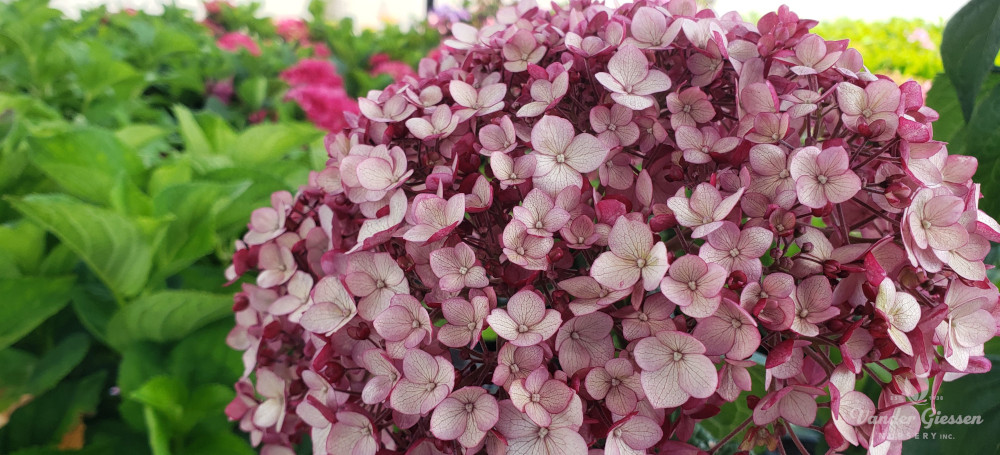
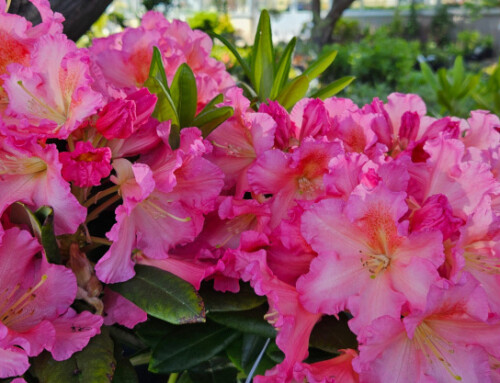
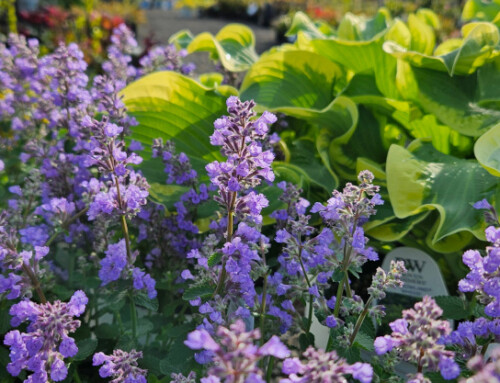
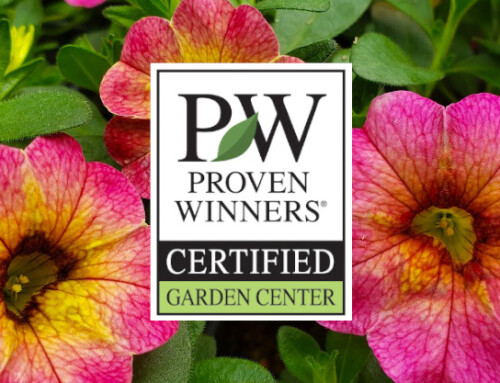

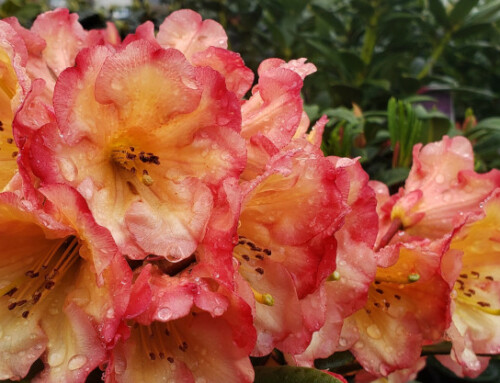
Leave A Comment